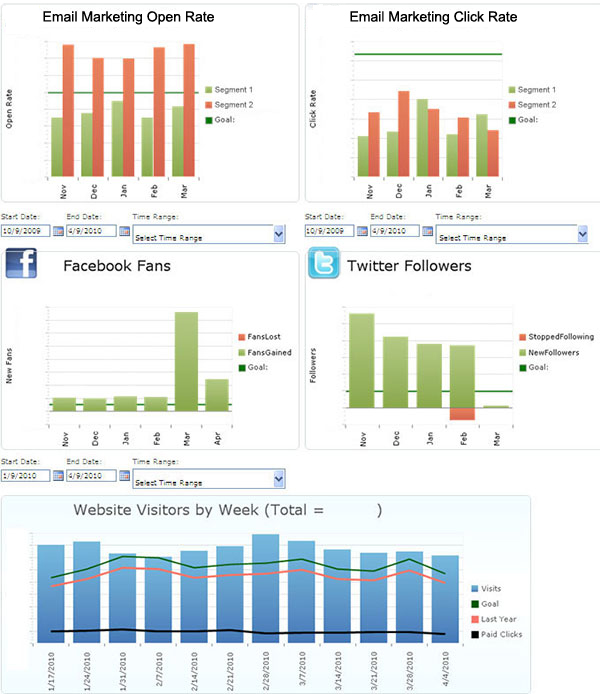2.5: Introduction to Reading and Using Graphs
- Page ID
- 45785
\( \newcommand{\vecs}[1]{\overset { \scriptstyle \rightharpoonup} {\mathbf{#1}} } \) \( \newcommand{\vecd}[1]{\overset{-\!-\!\rightharpoonup}{\vphantom{a}\smash {#1}}} \)\(\newcommand{\id}{\mathrm{id}}\) \( \newcommand{\Span}{\mathrm{span}}\) \( \newcommand{\kernel}{\mathrm{null}\,}\) \( \newcommand{\range}{\mathrm{range}\,}\) \( \newcommand{\RealPart}{\mathrm{Re}}\) \( \newcommand{\ImaginaryPart}{\mathrm{Im}}\) \( \newcommand{\Argument}{\mathrm{Arg}}\) \( \newcommand{\norm}[1]{\| #1 \|}\) \( \newcommand{\inner}[2]{\langle #1, #2 \rangle}\) \( \newcommand{\Span}{\mathrm{span}}\) \(\newcommand{\id}{\mathrm{id}}\) \( \newcommand{\Span}{\mathrm{span}}\) \( \newcommand{\kernel}{\mathrm{null}\,}\) \( \newcommand{\range}{\mathrm{range}\,}\) \( \newcommand{\RealPart}{\mathrm{Re}}\) \( \newcommand{\ImaginaryPart}{\mathrm{Im}}\) \( \newcommand{\Argument}{\mathrm{Arg}}\) \( \newcommand{\norm}[1]{\| #1 \|}\) \( \newcommand{\inner}[2]{\langle #1, #2 \rangle}\) \( \newcommand{\Span}{\mathrm{span}}\)\(\newcommand{\AA}{\unicode[.8,0]{x212B}}\)

When presenting numerical data or information, it’s often best to present those numbers visually for your audience. Visual depictions of data are much easier for the viewer to understand—creating a graph from your data is the simplest way to achieve that goal. There are many kinds of graphs depending on the numbers and what you are trying to communicate about them: bar graph, line graph, pie chart, scatterplots, histograms, etc. A graph lets your audience interpret the numerical information more effectively because the data is presented in an organized fashion that provides a basic framework for understanding.
CC licensed content, Shared previously
- Social Media Dashboard. Authored by: EngineerTech. Located at: https://commons.wikimedia.org/wiki/File:SharePoint_Dashboard_Social_Media_Graphs.jpg. License: CC BY-SA: Attribution-ShareAlike

